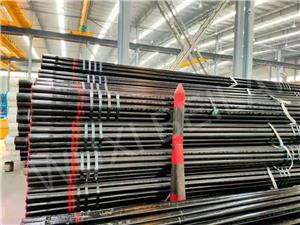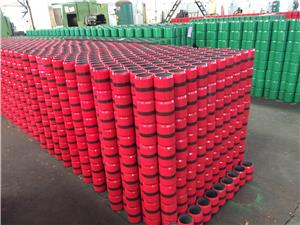What is a finned tube?
Fin tubes are a common and efficient heat exchange element, widely used in various heat exchange equipment, such as air conditioners, condensers, evaporators, and industrial heat exchangers. Due to its excellent heat transfer efficiency and wide applicability, it has become an indispensable part of modern heat exchange technology. This article will introduce in detail the structural characteristics, working principle, main advantages and applications of finned tubes in various fields.
1. Basic structure of finned tube
Fin tubes are processed with many fins on the original tube surface (whether the outer surface or the inner surface), so that the original surface is expanded and a unique heat transfer element is formed. Fins can be metal sheets, and common materials include aluminum, copper, stainless steel, etc. The tube itself can be round, oval or other shapes, with the appropriate structure and material selected based on specific application needs. Fins have various shapes and arrangements, including straight fins, spiral fins, corrugated fins, etc. The design seeks to maximize the surface area and optimize the air or liquid flow path.
2. Working principle of finned tubes
Fin tubes improve heat transfer efficiency by increasing the outer surface area of the tube. During the heat transfer process, heat is transferred from the fluid (which can be a gas or liquid) through the tube wall to the outer surface of the tube, where it is diffused through the fins to the surrounding environment. The presence of fins greatly increases the heat transfer surface area, allowing more heat to be transferred in the same time, thus improving the overall heat transfer efficiency.




